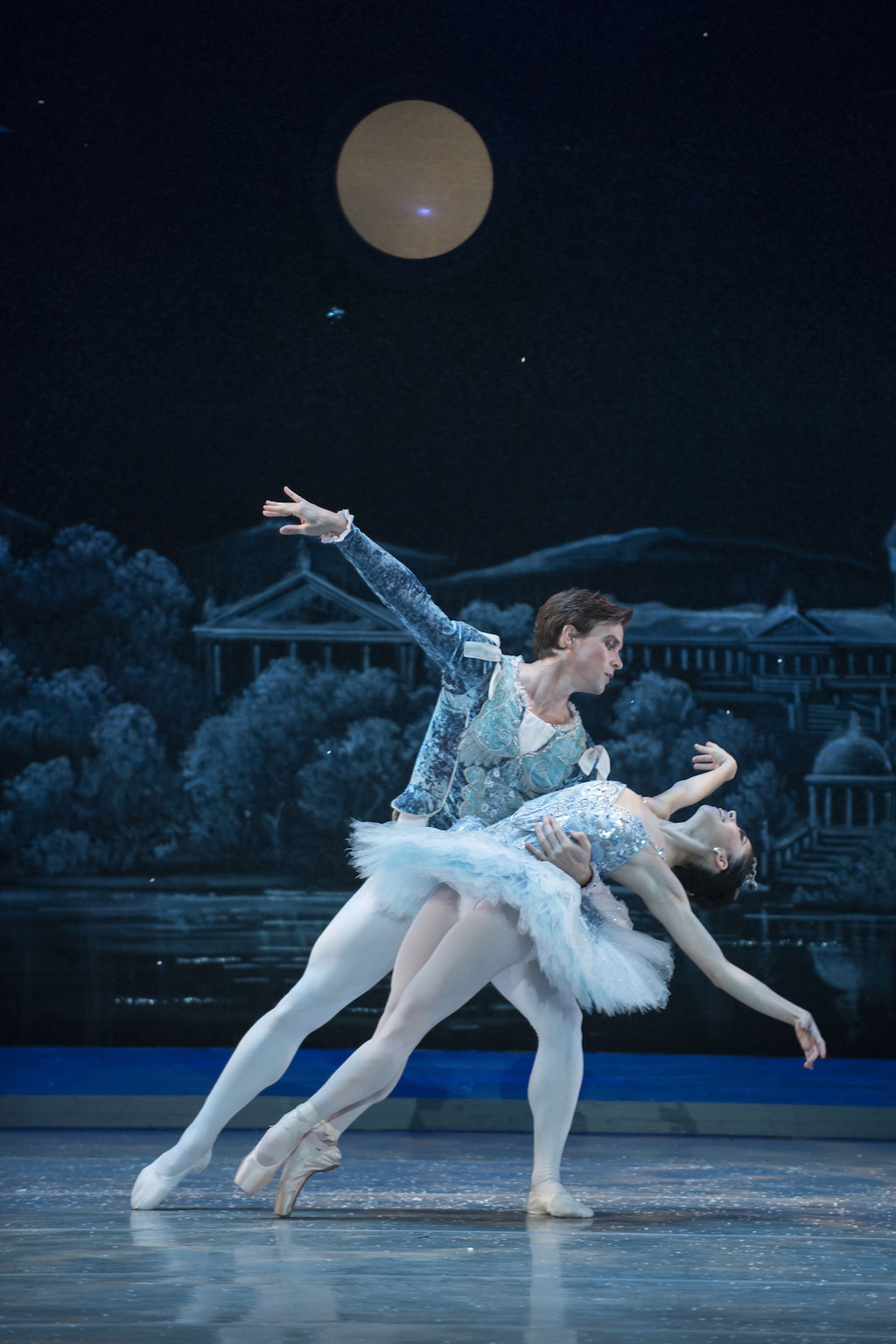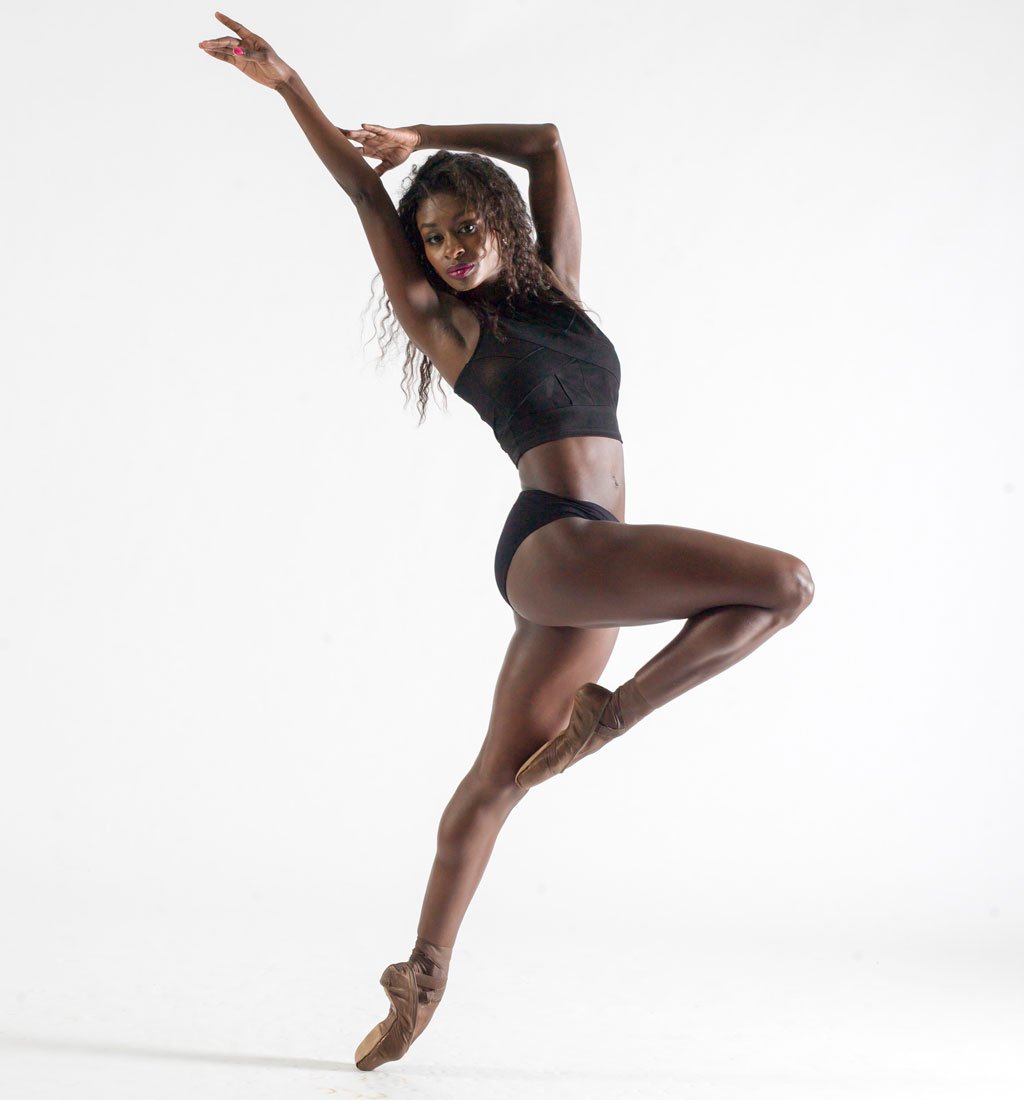Take one look at Misty Copeland, and it’s pretty clear that ballet takes some serious strength. While many ballet dancers are moving for hours every day, they rehearse in addition to—not in place of—outside conditioning. To see what it takes to keep those long, lean dancer muscles in shape, we got in touch with The Washington Ballet company dancers Ashley Murphy and Jonathan Jordan.
As members of the company, Murphy and Jordan may spend over 30 hours of their week dancing between daily hour-and-a-half-long technique classes, rehearsals, and performances. Depending on whether or not they’re learning brand new choreography and have to run through it repeatedly or how big their part is that day, the rehearsals may be more or less demanding for individual dancers. Nevertheless, Murphy says she still likes to get in some cross training at the end of the day—typically for about 45 minutes to an hour two or three nights a a week.
“Contrary to popular belief, classical ballet is very anaerobic,” says Murphy. “You have to prepare yourself for those quick bursts of energy, so preparing yourself with cardio is important for how you are going to last as long as you have to.”

One of Murphy’s preferred methods of cardio is swimming, but she’ll also run on the treadmill or use the elliptical at her apartment building’s gym or The Washington Ballet’s partner gym, Mint. The biggest muscle group she focuses on, however, is her core.
“Core strength is for a dancer one of the most important things you can have,” says Murphy, who likes to prop her feet up on an exercise ball while doing planks.
Jordan also focuses on core strength, along with upper body strength to help him lift the other dancers. Jordan uses weight training to build his strength during the season, and incorporates more cardio during the off season.

“Cardio is drastically reduced during the season though in order to not create stress-related injuries,” says Jordan. “In the off season, I increase cardio to six days a week and weight training as well.”
Even during the off-season, Jordan keeps up classes, and Murphy says that many dancers pick up other ballet jobs. During the off season, Jordan says he exercises four to six hours a day. Following an hour-and-a-half technique class, Jordan stretches and works on his core. After eating and resting for an hour, he does a high intensity interval training workout, followed by another break and a cardio session.
“We spend many hours shaping and molding our body into these beautiful shapes that require flexibility and strength to form,” says Jordan.
















